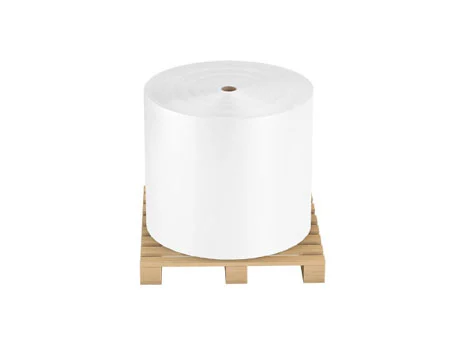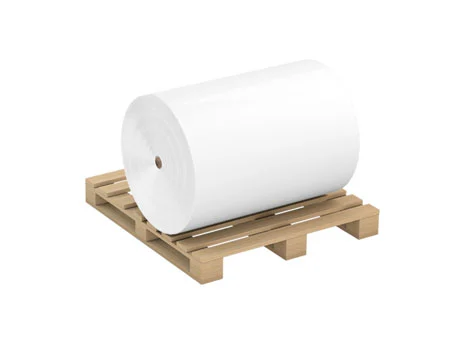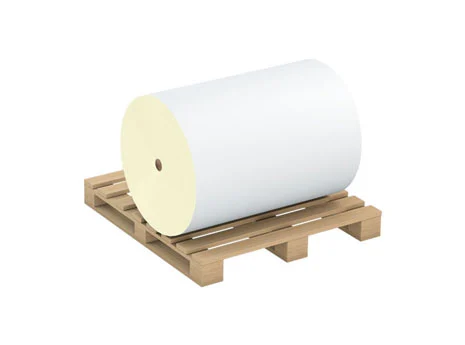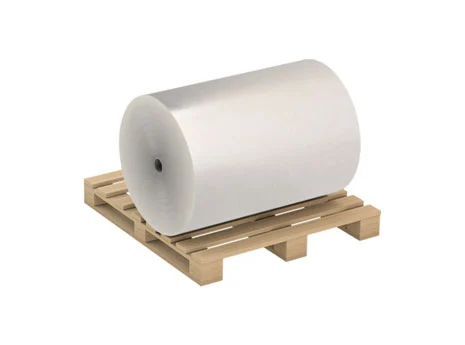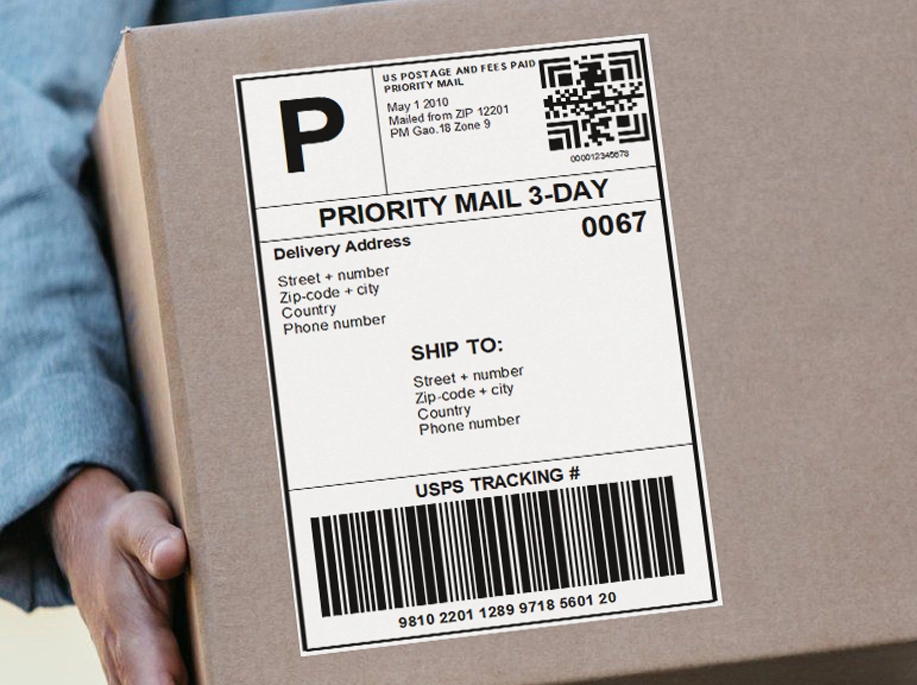
The main materials of self-adhesive labels are facestock, adhesive and liner. Compared with shrink labels and wet glue labels, self-adhesive labels have the characteristics of exquisite appearance, high-speed labeling, diversified label material selection, and partial labeling. Therefore, they are used in packaging and are growing rapidly.
Although self-adhesive has many advantages, it is not environmentally friendly enough compared to shrink labels, wet glue labels and inside-model label. The main reason is that the liner used in self adhesive labels is only a processing material and can’t be used twice, and adhesives are not easy to remove, making it difficult to recycle packaging containers.
On September 22, 2020, China proposed at the United Nations General Assembly that carbon dioxide emissions strive to peak before 2030 and strive to achieve "carbon neutrality" before 2060. Therefore, if the self-adhesive label industry wants to achieve greater development, it must find a sustainable, low-carbon path to development.
How to achieve label sustainability:
1. Reduce - mainly reducing the use of raw materials, which is achieved through technologies such as thinning, material foaming, and material functional modification.
62gsm glassine has been reduced to 58gsm, and 40gsm is now widely used in the express delivery industry.
PE85, reducing the thickness to PE78, through process and material function modification, thin stretched MDO-PE replaces thick blown film PE.
Synthetic paper foaming can reduce the use of materials such as PP/PE by reducing the material density.
By redesigning the label function and manufacturing labels without liner paper, the use of liner paper can be reduced.
2. Renewable materials - Use renewable materials to make labels.
For paper materials, choose wood pulp materials that meet FSC, PEFC, CFCC and other certifications.
Plastics are made from film materials made from bio-based materials (conventional plastics come from petrochemical resources)
Adhesives are sourced from non-fossil sources.
3. Label materials used in degradable materials can be degraded through natural degradation or artificial composting.
Flat backing paper without plasticization: Plastic-free CCK (clay coated craft) replaces the traditional PEK (polyethylene coated craft paper), and CCK can be naturally degraded.
Plastic facestock use degradable materials such as PLA and PBAT, which can be degraded through industrial composting and reduce white plastic pollution.
4. Use recycled materials - rPET, rPE, rPP and other materials to reduce the use of petrochemical resources.
5. Promote recycling - washable labels, under certain conditions, can not affect the recycling of packaging containers.
Filmic facestock: the separated plastic label can be separated from the adhesive, the plastic film can be further recycled.
Paper facestock:adhesives can be directly beaten with paper, which can increase the recycling value.




 English
English  中文
中文  한국어
한국어  français
français  Deutsch
Deutsch  Español
Español  italiano
italiano  русский
русский  português
português  العربية
العربية  Polska
Polska  Indonesia
Indonesia 